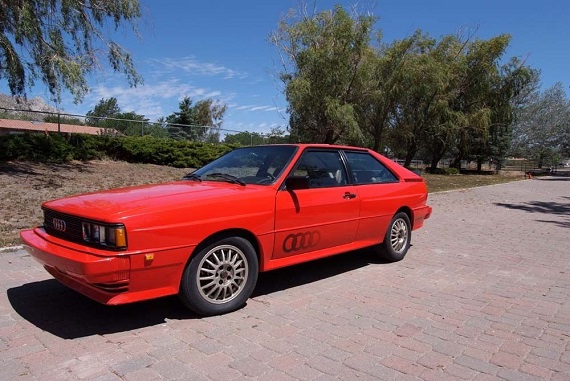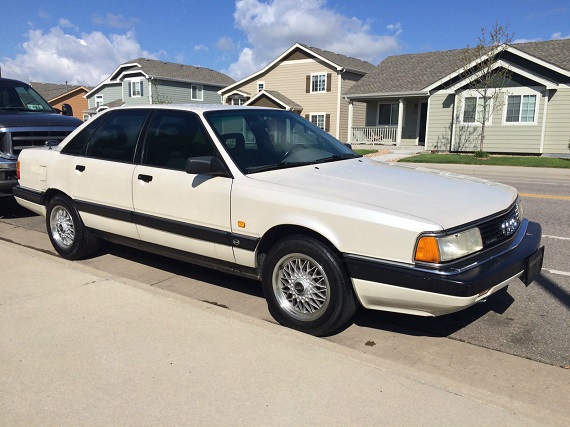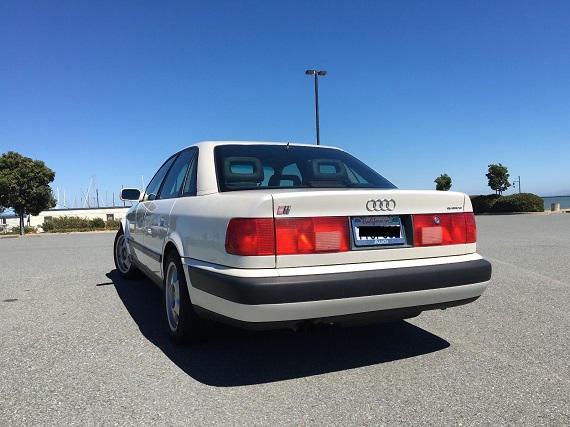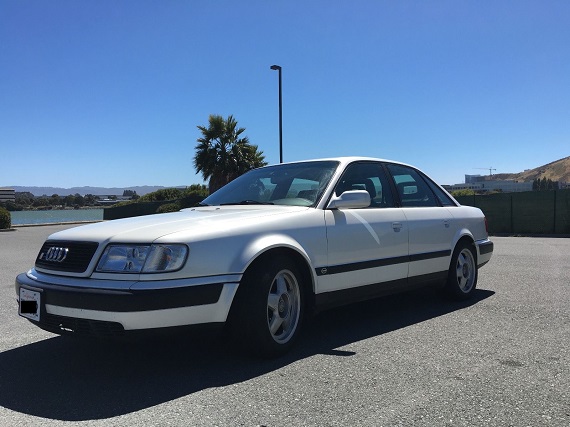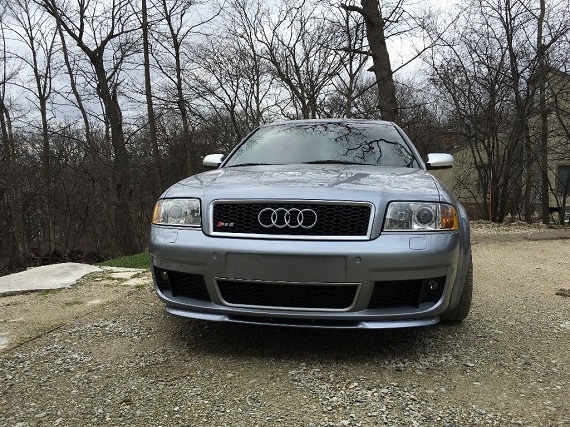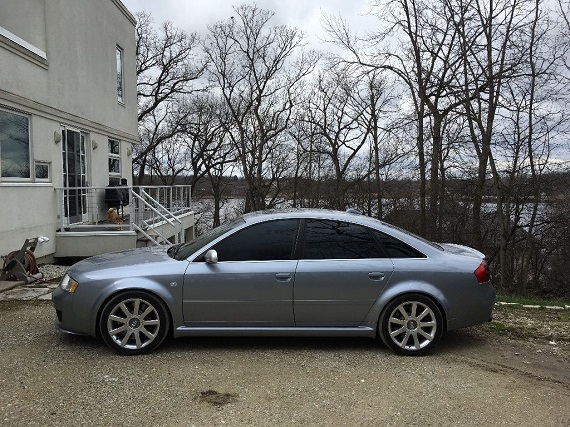We’ve got some serious muscle power and fan favorites added to the Hammertime value guide. Surprising numbers were reached for the 1991 Audi 200 20V…
3 CommentsTag: Audi
From what was arguably the least desirable Porsche product from 1985 yesterday, we move on to the most desirable Audi product from the same period. Contrary to popular belief, the Quattro did not pioneer many of the technologies it is credited with. What it did do, though, was for the first time marry turbocharging, full time all-wheel drive and a slinky coupe shape together with just enough luxury to partially justify its $40,000 price tag. For those not quick with inflation numbers, that’s just shy of $120,000 in today’s buying power – about the same as a lightly optioned 2017 RS7. What you got for that amount was surprisingly sparse; a manual sunroof, rear wash/wipe, and electric mirrors and windows – that was about it. Under the hood, the off beat inline-5 produced only 160 horsepower in U.S. trim, and toting around the best part of 3,000 lbs it was far from the performance produced by dollar-for-dollar equivalent models. You’ve often heard the expression that today’s Camry outperforms a 1980s Porsche? Well, a Kia Soul could give one of the U.S. spec Audi Quattros difficulty in a race. Coupled with a reputation for rusting and poor electrics, these expensive Audis were sold in sparse numbers and are a very rare sight today, especially with lower miles and original like this one:
CLICK FOR DETAILS: 1983 Audi Quattro on eBay
5 CommentsOutside of some with virtually limitless resources, you can’t go back in time when it comes to cars. Many enthusiasts try, and a few really devoted individuals succeed, in recreating the youth of a car’s life. But to do so, especially on newer cars, is pretty hard. Outside of the material costs of paint, leather and in some cases wood replacement parts, there is the Achilles’ heel of our modern society in general – plastics. New cars have become so heavily reliant on plastics because they’re strong, easily formed to special shapes, and lightweight relative to other products. But, as with the rest of the car, they get old; wear items in the interior of the car are often the most recognizable signs of use and time, but under the hood there’s a plethora of plastic heating up and cooling down. Top that with modern motors with turbochargers and extreme heat load as well as the increasing amount of refinement (read: sound deadening) buyers demand, and the time bomb of slowly decomposing plastic in your super sedan means that reconstructing a heavily used example may ultimately be impossible, but is certainly at least improbable.
That means that if you want what was a top-flight super sedan from a generation ago, you’d be looking for the lightest use possible. And when considering an Audi RS6, few if any come to the market with less use in miles than this one:


